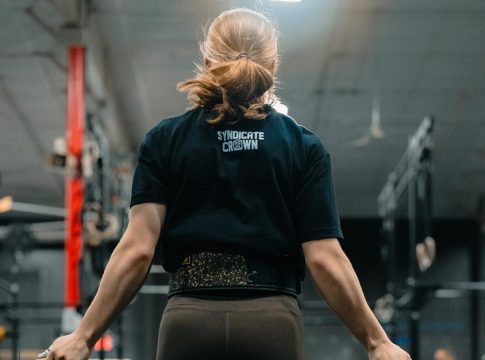Record Low Turnout at Last Chance Qualifier for 2025 CrossFit Games: What It Means for Athletes
The recent Last Chance Qualifier (LCQ) for the 2025 CrossFit Games showcased not only exceptional talent but also a striking trend: less than 10% of qualified athletes participated. This event, aimed at providing one last shot for men and women to secure their spot at the Games in Albany, NY, didn’t attract the level of participation seen in previous years.
The Highlights
In a competition that featured five online workouts, Jonne Koski claims the top men’s position, while Lydia Fish tops the women’s leaderboard. If confirmed, Koski will celebrate his tenth appearance at the Games, and Fish will earn her first invite. However, the real discussion surrounds the unprecedented low turnout.
Numbers Speak: Participation Breakdown
- Qualified Men: 150
- Qualified Women: 150
- Actual Competitors: Only 10 men and 15 women submitted scores, demonstrating a significant decline in engagement.
What’s Behind the Low Turnout?
1. Communication Breakdown
According to Perrin Behr, a coach at Training Think Tank, the promotional efforts ahead of the LCQ were insufficient. Many athletes, including Fish, experienced issues with registration, which could deter anyone from attempting to compete.
2. Resource-Intensive Requirements
Successfully completing the LCQ requires not just physical effort but also logistical planning. Each competitor must arrange for two judges, adding to the stress. Given that only one athlete from this event secures a Games spot, many felt the effort outweighed the potential reward.
3. Athlete Burnout
Fatigue is a common complaint in the fitness community, especially this season. With many participating in several competitions in a short span, athletes reported feeling drained mentally and physically. The taxing nature of online competitions, which can be harder to navigate than in-person events, only adds to this exhaustion.
4. Financial Considerations
Spanish athlete Fabian Beneito voiced concerns regarding the financial implications of competing. With registration fees and travel expenses, many determined it wasn’t worth the investment when weighing their chances of success against the costs.
What This Means for Athletes Moving Forward
The results from the LCQ may have been underwhelming, but they underline a broader conversation about athlete wellness and the sustainability of competitive fitness. For athletes considering how to navigate their own training schedules:
Key Takeaways:
- Be Mindful of Burnout: Regularly assess your physical and emotional state. If you feel overwhelmed, it’s okay to step back.
- Streamline Responsibilities: If competing entails unreasonable demands on your time or resources, reconsider participation.
- Stay Informed: Effective communication is key; ensure you’re subscribing to updates from your fitness organization to stay in the loop.
- Prioritize Mental Health: Fitness should ultimately enhance your life, not weigh you down. Always choose paths that promote well-being.
In Conclusion
The LCQ will fulfill its role in sending one man and one woman to the CrossFit Games, but the record-low participation is a wake-up call for the community. Emphasizing athlete welfare can lead to more engaging and rewarding experiences in the future. As we continue to navigate the pressures of competition, it’s crucial to remember that wellness should always take precedence over the grind. Whether you’re a seasoned competitor or a fitness enthusiast, your journey should inspire and empower—not exhaust.

Covers wellness, nutrition, mental health, and daily life tips.
Bio: Talia brings a background in health journalism and holistic living to help readers live better, one tip at a time.

